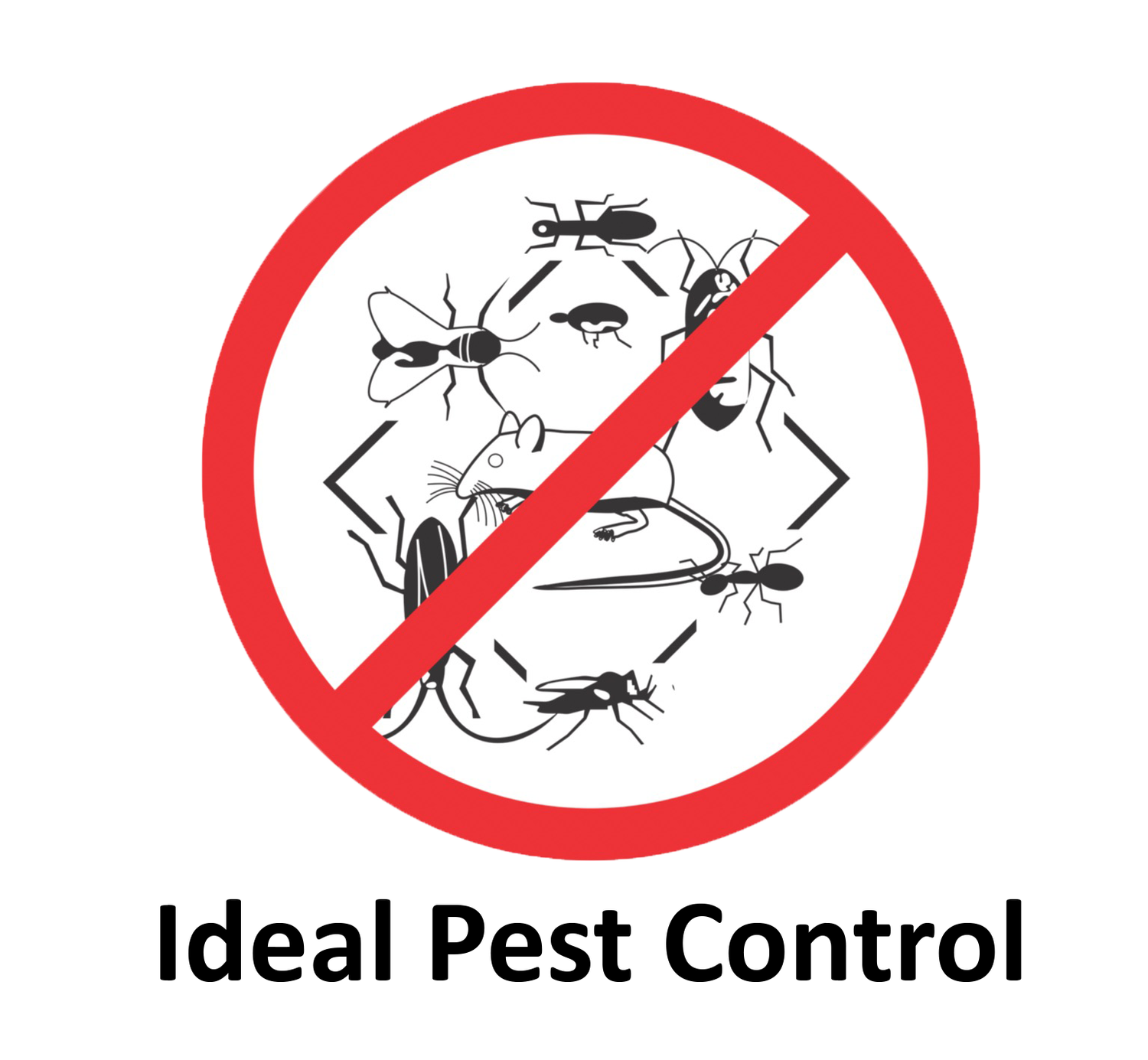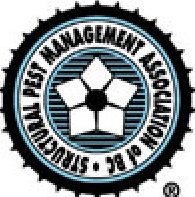Moths
There are many species of moths in British Columbia. In particular, there are two groups of moth species that are quite bothersome. Those groups are called Pantry Moths and Clothes Moths. Pantry Moths are known to infest food products in pantries while Clothes Moths infest articles of clothing in closets.
On this page, we will discuss 3 particular species. Those species are Indian Meal Moths, Brown House Moths and Webbing Clothing Moths.
Indian Meal Moth
Size: 16 - 20mm.
Color: Yellowish white / reddish brown.
Unique Characteristics: An Indian Meal Moth, also known as a Pantry Month, tends to infest and feed on food items hence the name. Female Indian Meal Moths can lay hundred of eggs into food sources. Larvae begin to hatch in approximately two to fourteen days. Not only are they a problem in homes, but also food processing facilities and other places.
Control: We need to find the source - usually infested food and discard of it. Vacuum the infested area along with the use of pheromone traps. In some cases we will need to apply pesticides.
Webbing Clothes Moth
Size: approximately 12 mm.
Color: Golden.
Unique Characteristics: Webbing Clothes Moths prefer moist environments. The females are able to lay hundreds of eggs during their lifetime. The hatched larvae from these eggs feed for an undetermined period of time before maturing and transforming into Moths.
Control: We need to find the infested clothing and either discard of it or wash it in very hot water then dry it in the sun. Vacuum the infested area along with the use of pheromone traps. In some cases we will need to apply pesticides.
Brown House Moth
Size: 15 - 26mm.
Color: Bronze - brown.
Unique Characteristics: Brown House Moth, also known as a pantry moth, can live up to 5 months after reaching adulthood. A female lays up to 800 eggs which go on to hatch between 8-110 days. Not only do they eat food related items such as flour and potatoes, but even clothing!
Control: We need to find the source - usually infested food and discard of it. Vacuum the infested area along with the use of pheromone traps. In some cases we will need to apply pesticides.








